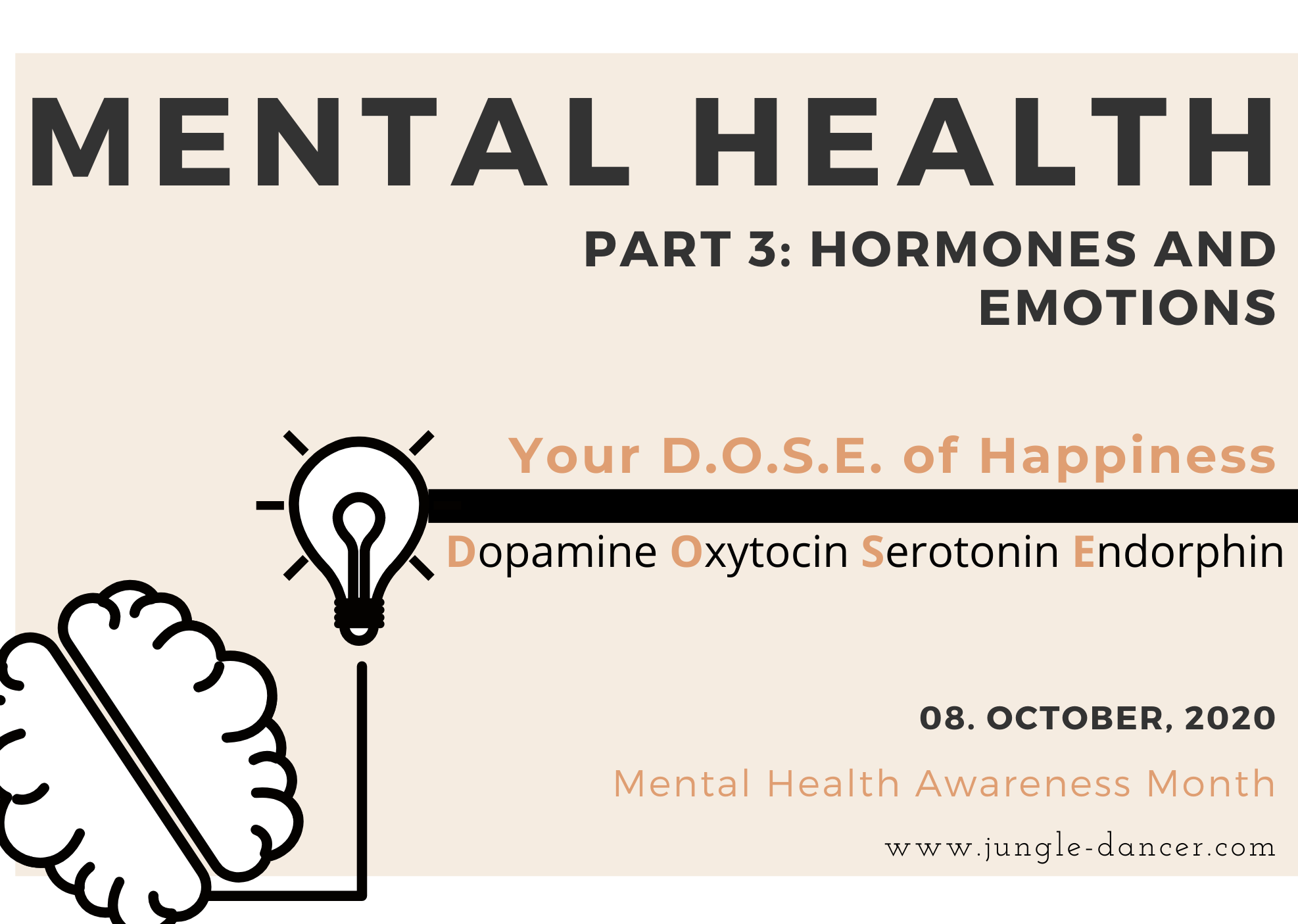
The hypothalamus of the brain plays a big role in this, stimulating the production of the sex hormones testosterone and estrogen from the testes and ovaries (Figure 1). Through reproduction, organisms pass on their genes, and thus contribute to the perpetuation of their species. The evolutionary basis for this stems from our need to reproduce, a need shared among all living things. Lust is driven by the desire for sexual gratification. Testosterone and estrogen drive lust dopamine, norepinephrine, and serotonin create attraction and oxytocin and vasopressin mediate attachment. Though there are overlaps and subtleties to each, each type is characterized by its own set of hormones. Table 1: Love can be distilled into three categories: lust, attraction, and attachment. Each category is characterized by its own set of hormones stemming from the brain (Table 1). Helen Fisher at Rutgers, romantic love can be broken down into three categories: lust, attraction, and attachment. As it turns out, love is all about the brain – which, in turn, makes the rest of your body go haywire.Īccording to a team of scientists led by Dr.

It’s no surprise that, for centuries, people thought love (and most other emotions, for that matter) arose from the heart. And chances are, your heart was thudding in your chest.

You may have stammered, your palms may have sweated you may have said something incredibly asinine and tripped spectacularly while trying to saunter away (or is that just me?). Think of the last time you ran into someone you find attractive. So, if there’s really a “formula” for love, what is it, and what does it mean? Total Eclipse of the Brain What we do know, however, is that much of love can be explained by chemistry. Needless to say, the scientific basis of love is often sensationalized, and as with most science, we don’t know enough to draw firm conclusions about every piece of the puzzle.

Google the phrase “biology of love” and you’ll get answers that run the gamut of accuracy. It turns out the science behind love is both simpler and more complex than we might think. Scientists in fields ranging from anthropology to neuroscience have been asking this same question (albeit less eloquently) for decades.


 0 kommentar(er)
0 kommentar(er)
